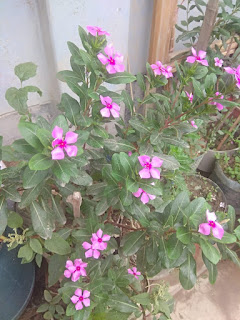Nayon Tara flower
"Nayantara" or "Nayonika" is another name for the Night Blooming Jasmine, scientifically known as Cestrum nocturnum. It's a fragrant flowering plant native to tropical regions, particularly found in South Asia, including India and Bangladesh.
1. **Appearance**: The Nayantara flower is small, tubular, and typically white or pale yellow in color. It has slender, waxy petals that curve outward from the center, giving it a delicate and elegant appearance.
2. **Fragrance**: One of the most distinctive features of the Nayantara flower is its intense, sweet fragrance. The scent is most potent at night, which is when the flowers bloom, filling the air with a rich, heady aroma that is often described as intoxicating.
3. **Blooming Time**: As the name suggests, the Night Blooming Jasmine blooms primarily at night, releasing its fragrance after sunset and into the early hours of the morning. The flowers typically open in the evening and close by morning.
4. **Cultural Significance**: In many cultures, the Nayantara flower holds cultural and symbolic significance. It is often associated with love, romance, and the mysteries of the night. In some traditions, the fragrance of the Night Blooming Jasmine is believed to have aphrodisiac qualities, making it a popular choice for romantic settings.
5. **Medicinal Uses**: In traditional medicine, various parts of the Nayantara plant, including the flowers, leaves, and roots, are believed to have medicinal properties. Extracts from the plant are used in remedies for various ailments, including headaches, fever, and skin conditions.
6. **Growth Habit**: Nayantara is a fast-growing shrub that can reach heights of up to 10 feet (3 meters). It thrives in warm, tropical climates and prefers well-drained soil and plenty of sunlight.
Overall, the Nayantara flower is prized for its beauty, fragrance, and cultural significance, making it a beloved plant in gardens, parks, and landscapes throughout its native range.


No comments